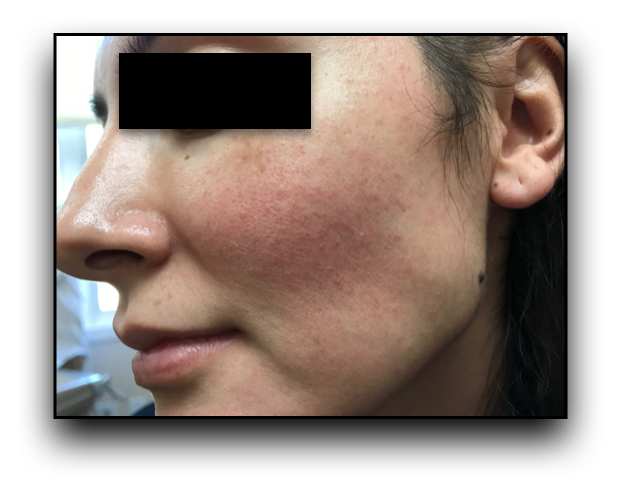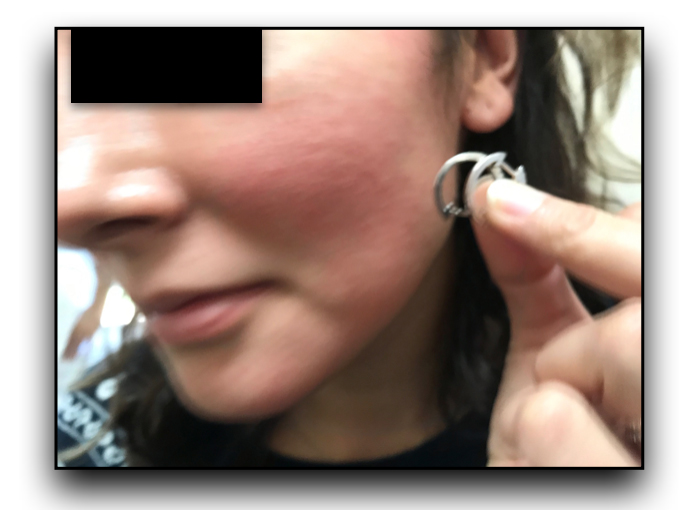Rosacea Caused by Patient’s Earrings



Who would have ever thought that one’s earrings could cause rosacea. Most if not all silver earrings have nickel as a hardening agent. Nickel can cause rashes anywhere in the body but more importantly nickel is a cancer causing metal. Piercings bring the nickel in close contact with the skin and allows it to be absorbed into the body. This was the case with Karen. She had gone to numerous dermatologists with no resolution. As soon a s I saw her face and the silver earring she was wearing, i connected the dots.
The frightening aspect of rosacea is that traditional doctors treat the symptom. It is like painting over rust on you car fender. If one has a splinter in their finger, does it make sense to keep putting medicines on it. One has to have the splinter removed in order for the irritation to heal. It’s a no brainer. When you look at the drug insert for the medication typically used to topically treat rosacea, it will open your eyes to the potential side effects you can experience. Just look at the drug company’s warnings on Finacea® Foam:
Important Safety Information
Warnings and Precautions
Skin Reactions: There have been isolated reports of hypopigmentation after use of azelaic acid. Because azelaic acid has not been well studied in patients with dark complexion, monitor these patients for early signs of hypopigmentation.
Eye and Mucous Membranes Irritation: Azelaic acid has been reported to cause irritation of the eyes. Avoid contact with the eyes, mouth, and other mucous membranes. If Finacea® Foam does come in contact with the eyes, wash the eyes with large amounts of water and consult a healthcare professional if eye irritation persists.
Flammability: The propellant in Finacea® Foam is flammable. Instruct the patient to avoid fire, flame, and smoking during and immediately following application. Do not puncture and/or incinerate the containers. Do not expose containers to heat and/or store at temperatures above 120°F (49°C).
Most Common Adverse Reactions
In clinical studies, the most frequently observed adverse reactions in ≥ 0.5% of subjects treated with Finacea® Foam included local site pain (6.2%), pruritus (2.5%), dryness (0.7%), and erythema (0.7%).
For Topical Use Only
Finacea® Foam is not for oral, ophthalmic, or intravaginal use.
Avoid the use of occlusive dressings or wrappings at the application site. Avoid use of alcoholic cleansers, tinctures and astringents, abrasives, and peeling agents.
Patients should be reassessed if no improvement is observed upon completing 12 weeks of therapy.
Did anyone ever consider that there must be an underlying cause for the rosacea?
A natural therapy involves taking a food based supplement that will chelate the nickel and the patient has to stop wearing silver earrings. As my grandmother always said, “common sense has to be learned.”
Dr. Gerald H. Smith, DDS, IMD

STAY INFORMED
Big tech and mainstream media try to suppress the powerful information I have to share. Subscribe here to stay informed!
